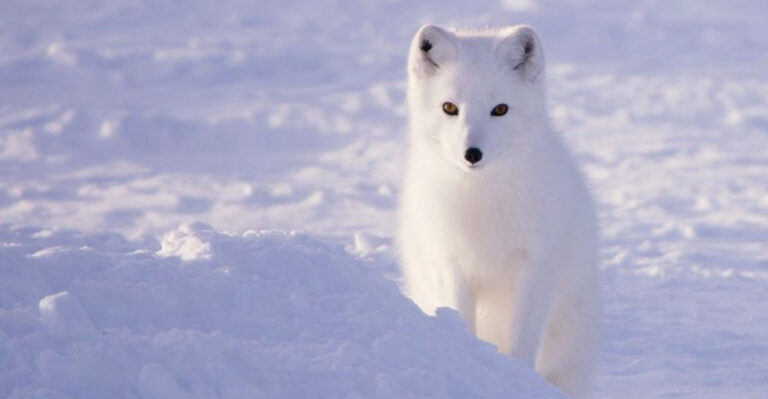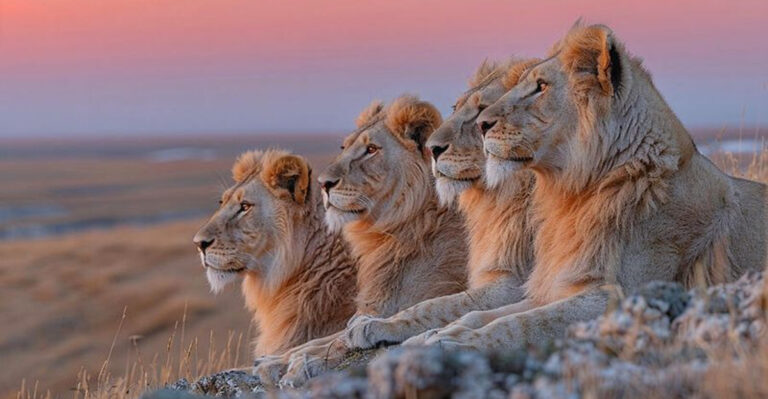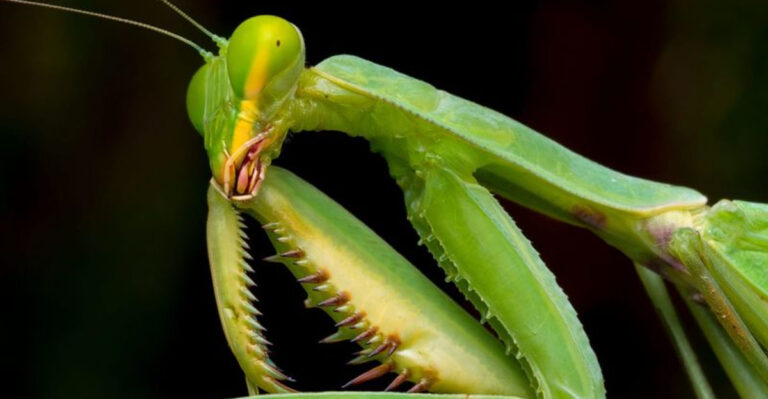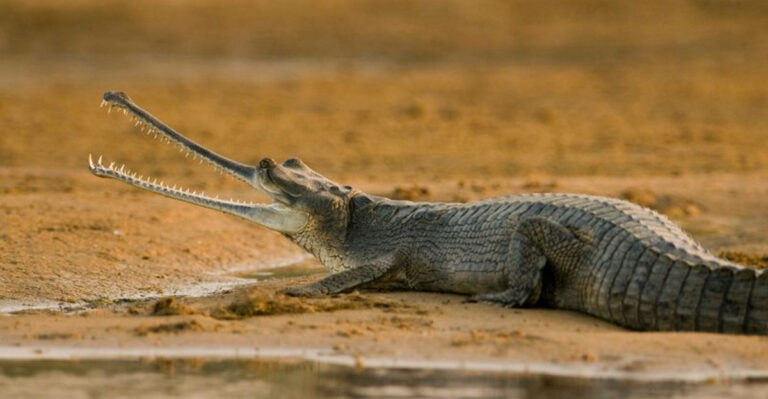Rare Piebald Elk Spotted Near Rocky Mountain National Park
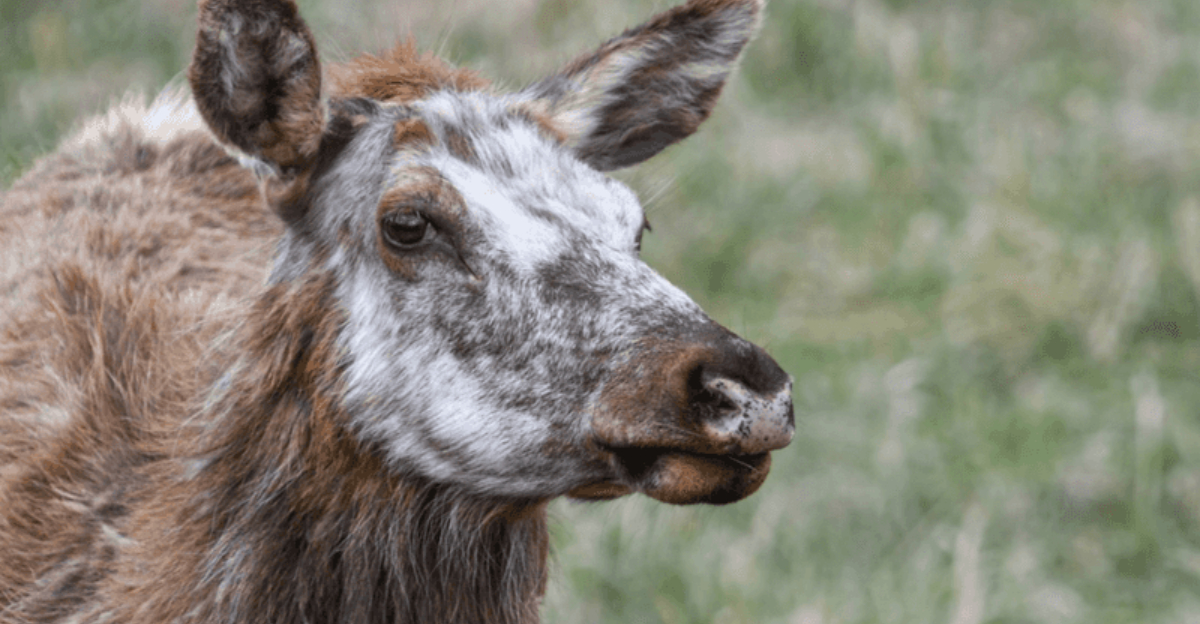
Have you ever spotted a wild animal that looks different from all the others? In Colorado’s wilderness, a special elk with unusual white patches has been turning heads.
This rare piebald elk, recently seen near Rocky Mountain National Park, shows a fascinating genetic condition that makes it stand out from the herd. Let’s explore what makes this spotted elk so special and why wildlife lovers are so excited about it.
1. Extremely Rare Genetic Trait

Mother Nature occasionally tosses a genetic wildcard into the mix. Piebaldism occurs in just 1 in 100,000 elk – rarer than getting struck by lightning twice!
The condition causes those eye-catching white patches scattered across the animal’s normally brown coat. Most elk enthusiasts spend a lifetime in the wilderness without ever witnessing this natural marvel.
2. Unique Appearance
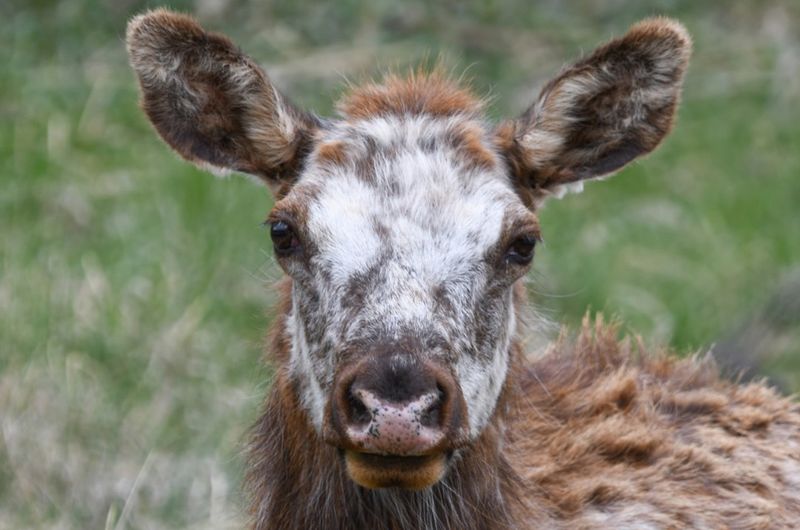
No two piebald elk share identical markings – each wears a one-of-a-kind natural costume. The female elk near Rocky Mountain sports striking white patches across her face and haunches.
Her unusual coloration creates a marble-cake pattern against the traditional tawny brown elk coat. From a distance, she appears like a moving canvas of earthy tones and bright white splashes.
3. Location Of Sighting
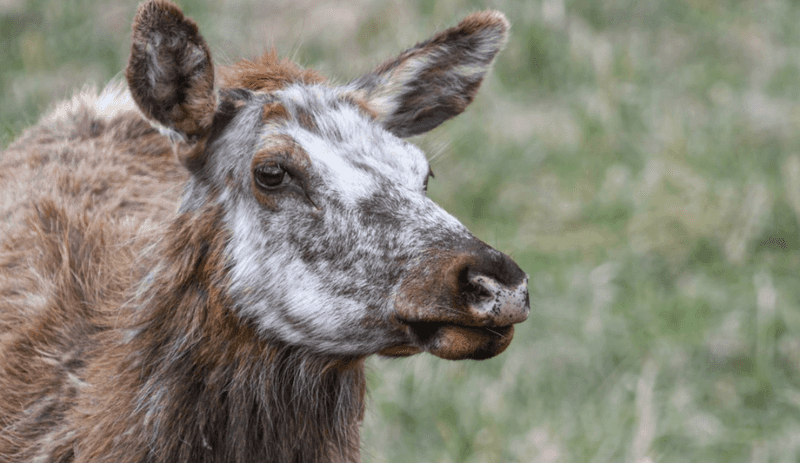
Nestled against the dramatic backdrop of the Rockies, Estes Park provided the perfect stage for this rare wildlife appearance. Local residents spotted the piebald beauty grazing peacefully among typical brown-coated elk companions.
The town’s position as gateway to Rocky Mountain National Park makes it an elk hotspot. Many visitors now hope to catch a glimpse of this four-legged celebrity during their mountain adventures.
4. Genetic Inheritance
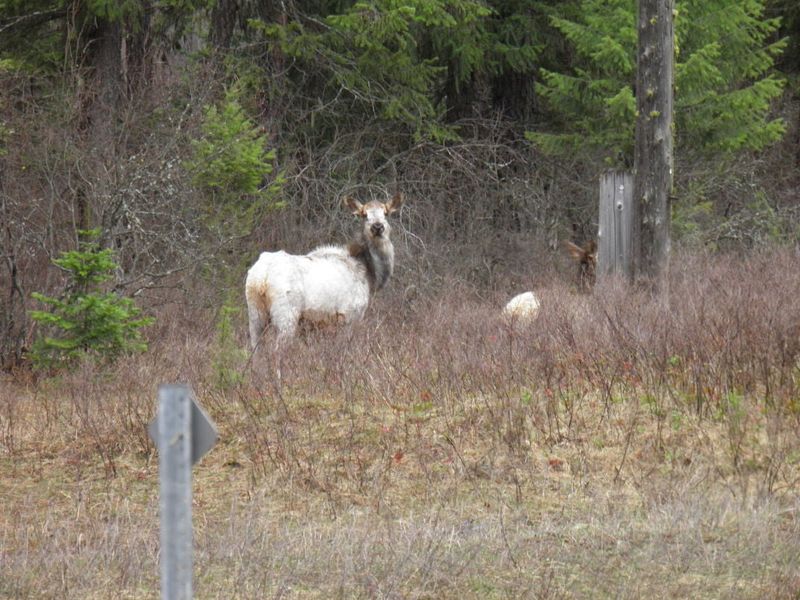
Behind those striking white patches lies a fascinating genetic story. Both parent elk must carry the recessive piebald gene – though they may look completely normal themselves.
The genetic lottery must hit just right for the trait to appear visibly in a calf. Think of it as nature’s version of drawing a royal flush – incredibly unlikely but spectacular when it happens.
5. Not To Be Confused With Albinism
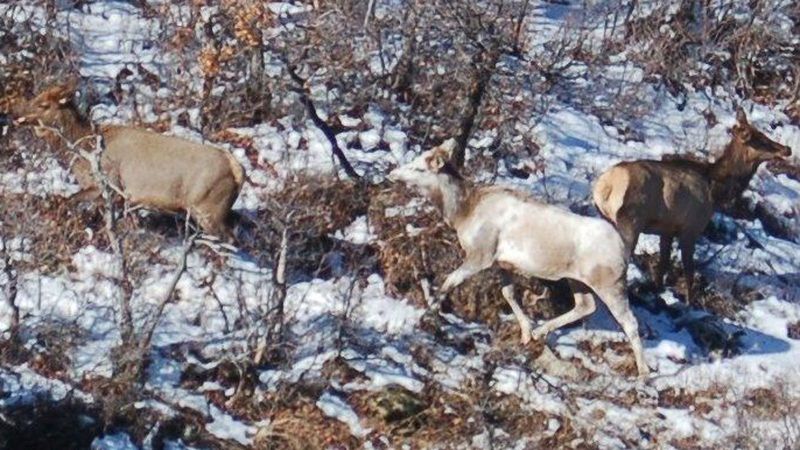
Spotting white on wildlife doesn’t always mean the same thing. While albino animals appear ghostly white with pinkish-red eyes due to total pigment absence, our piebald friend maintains normal dark eyes.
Her condition affects only patches of skin and hair, creating that distinctive mottled pattern. The partial pigmentation is what gives piebald animals their unique patchwork appearance.
6. Potential Health Implications
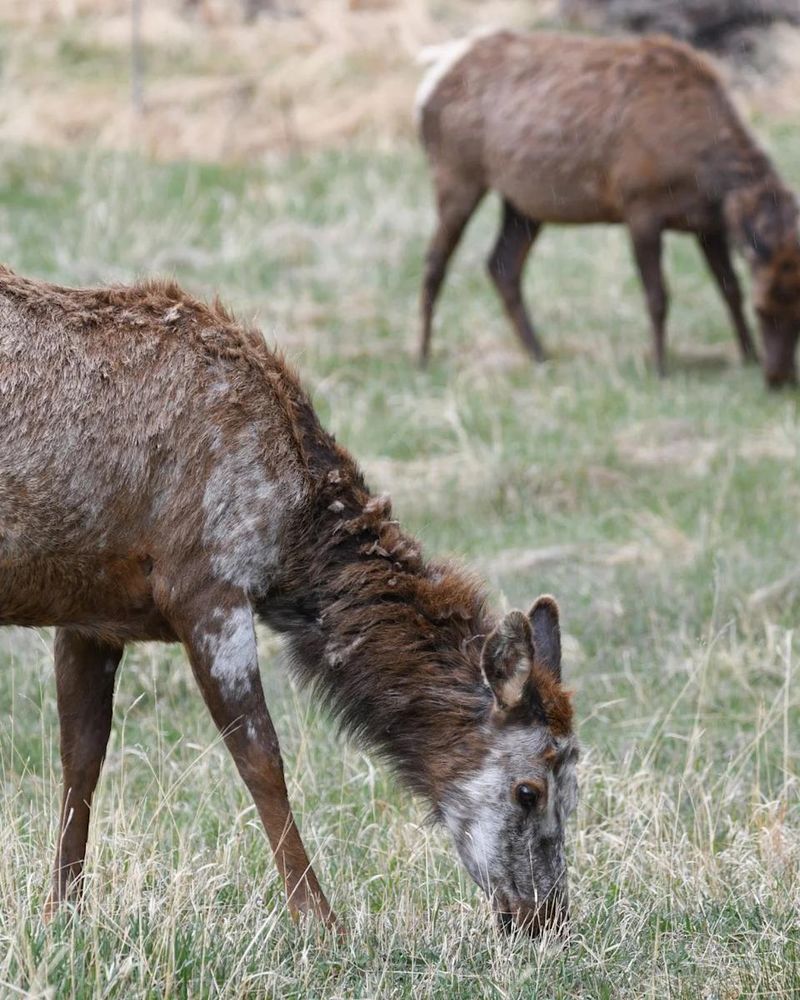
Living with a spotted coat comes with unexpected challenges. Those beautiful white patches lack the natural sun protection of pigmented skin, making the elk vulnerable to painful sunburns during Colorado’s bright mountain days.
Researchers watch for signs of skin damage or increased predation risk. Despite these potential hurdles, this remarkable elk appears to be thriving alongside her traditionally-colored herd mates.
7. Previous Sightings In Colorado
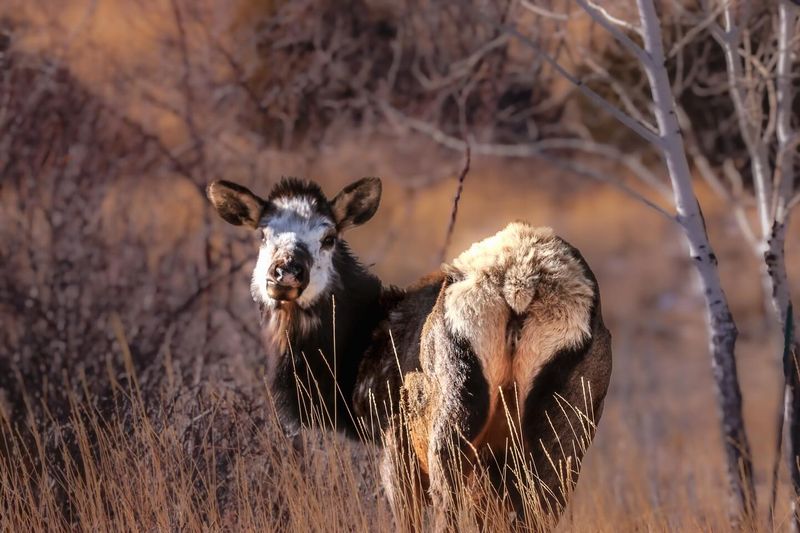
Lightning struck twice in Colorado’s wildlife scene when another piebald elk made headlines near Montrose last year. That sighting, over 200 miles southwest of Estes Park, suggests the rare gene might be scattered throughout the state’s elk population.
Wildlife officials carefully document each occurrence, building a precious database of these genetic anomalies. Each confirmed sighting helps scientists track the trait’s distribution.
8. Conservation Status Of Elk
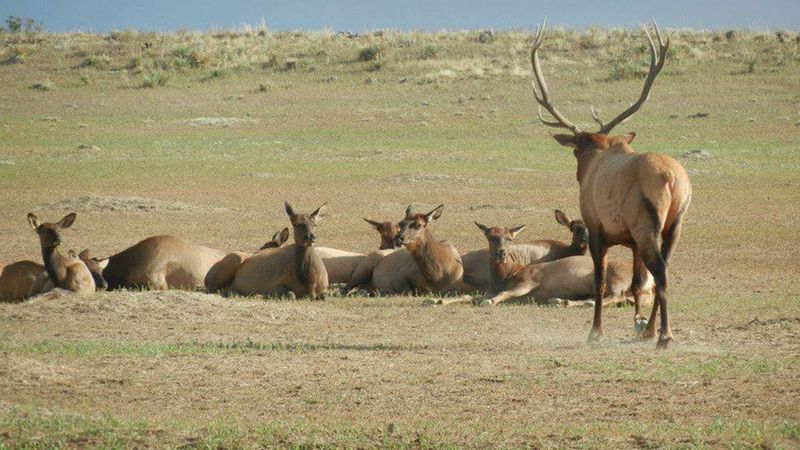
From near-extinction to wildlife success story! Rocky Mountain elk have rebounded impressively since conservation efforts began in the early 1900s. Colorado now hosts approximately 280,000 of these majestic animals roaming across public and private lands.
The healthy population provides the genetic diversity that occasionally produces rarities like our piebald friend. Their recovery represents one of North America’s most successful wildlife management achievements.
9. Ecological Role
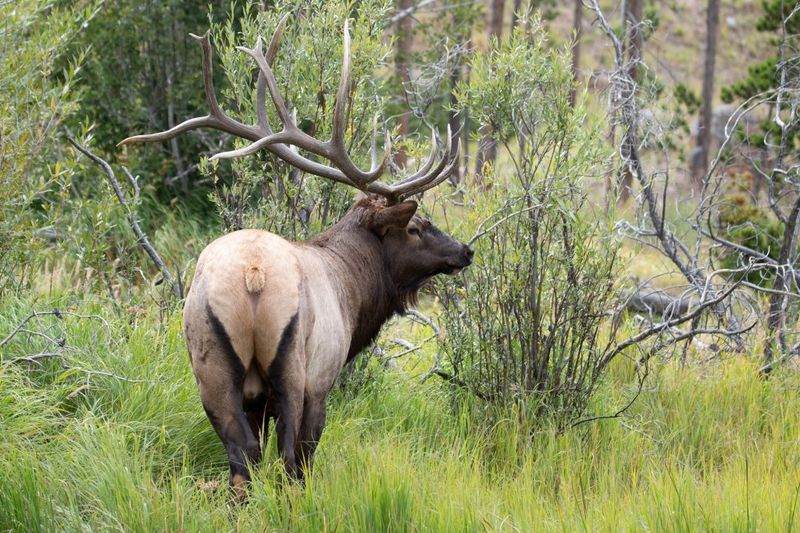
Every elk – spotted or not – shapes the landscape around it. Their grazing habits prune back overgrown vegetation, creating natural firebreaks and promoting diverse plant growth.
As they move between elevations with the seasons, they distribute seeds caught in their fur. Our piebald friend participates in this ancient ecological dance just like her brown counterparts, maintaining the health of Colorado’s mountain meadows and forests.
10. Public Interest
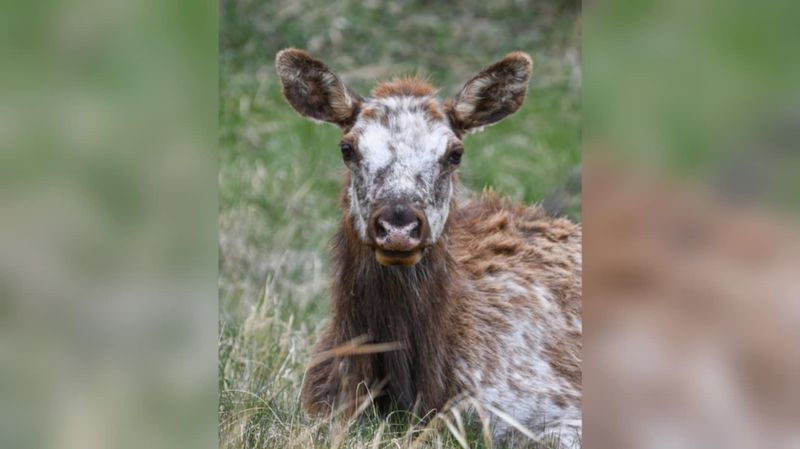
Social media exploded when photos of the piebald elk first appeared online! Wildlife enthusiasts from across the country began planning pilgrimages to Estes Park hoping for a rare sighting.
Local businesses report increased tourism specifically tied to the unusual animal. The piebald elk has inadvertently become a living ambassador for wildlife conservation, sparking conversations about genetic diversity and habitat protection.
11. Photographic Documentation
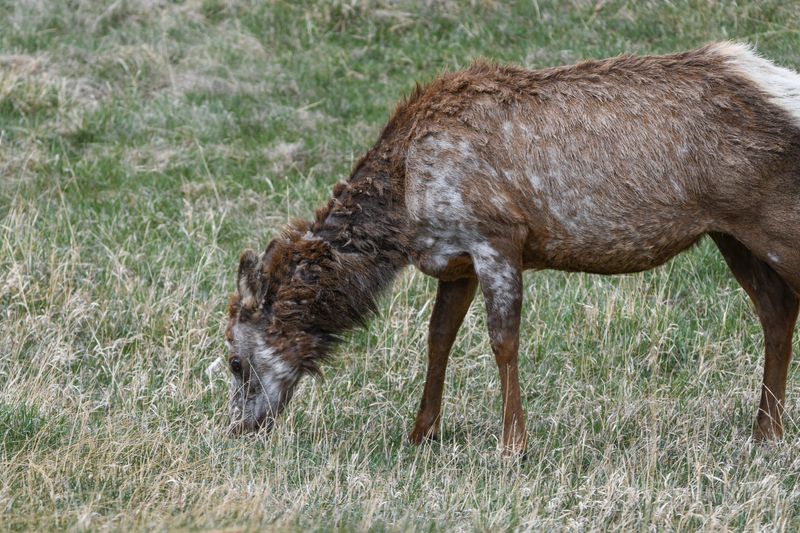
Award-winning wildlife photographer Wayne D. Lewis spent three dawn-to-dusk sessions tracking the elusive piebald elk. His patience yielded stunning images that capture both the animal’s unique markings and natural behaviors.
Lewis donated his photographs to researchers studying genetic anomalies in wild populations. His work reminds us how wildlife photography serves both art and science, preserving fleeting natural wonders for future generations.
12. Behavioral Observations
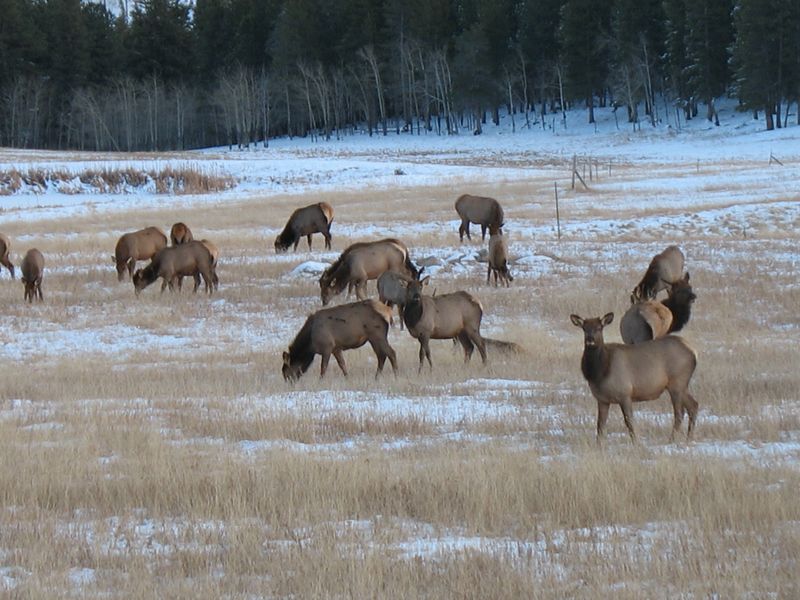
Beneath her extraordinary coat beats the heart of a typical elk. Wildlife biologists note she moves with her herd, participates in normal grazing patterns, and shows no signs of being ostracized despite looking different.
She’s been observed leading younger elk to prime feeding grounds – suggesting possible matriarch status. Her acceptance within the herd challenges assumptions that animals might reject visibly different members.
13. Seasonal Coat Changes
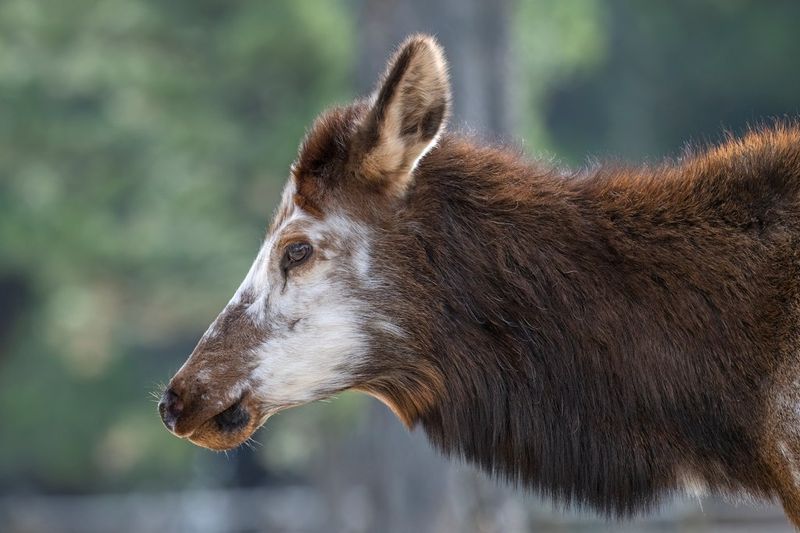
As autumn’s chill transforms Colorado’s aspen leaves, the piebald elk undergoes her own transformation. Her summer coat molts to reveal a thicker winter covering, slightly altering the pattern and prominence of her white patches.
Trackers note the white areas appear more defined against her darker winter fur. This seasonal shift provides a rare opportunity to study how piebald markings evolve throughout an elk’s life cycle.
14. Significance In Wildlife Studies
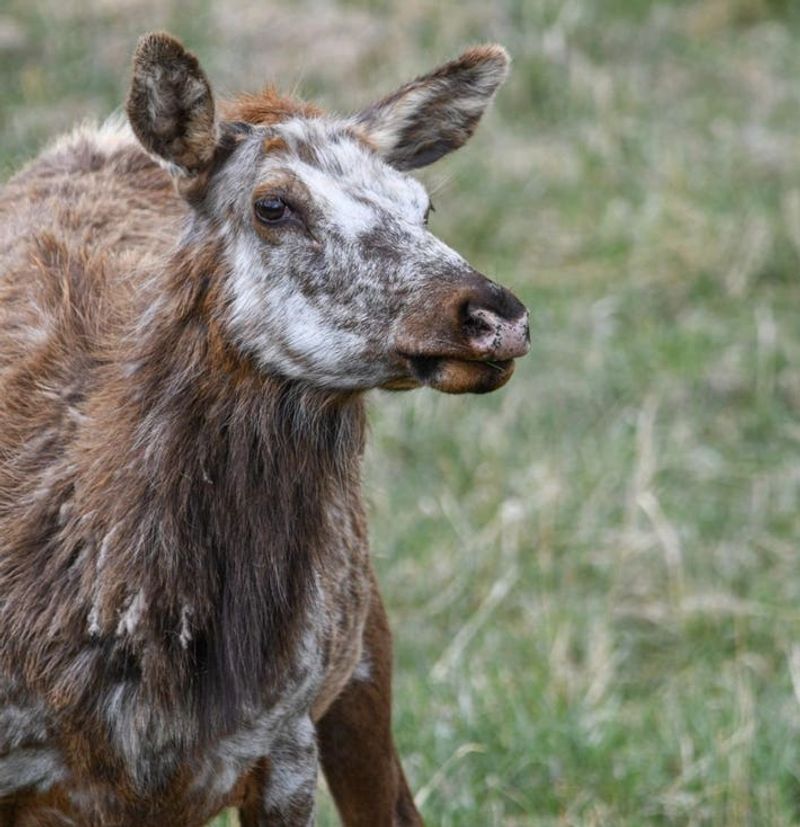
Beyond its Instagram-worthy appearance, this piebald elk represents a walking genetic research opportunity. Scientists collect shed hair and analyze trail camera footage to better understand recessive traits in wild populations.
The data gathered may help predict how wildlife adapts to changing environments. Every observation of this remarkable animal contributes to our understanding of biodiversity and genetic health in Rocky Mountain ecosystems.

